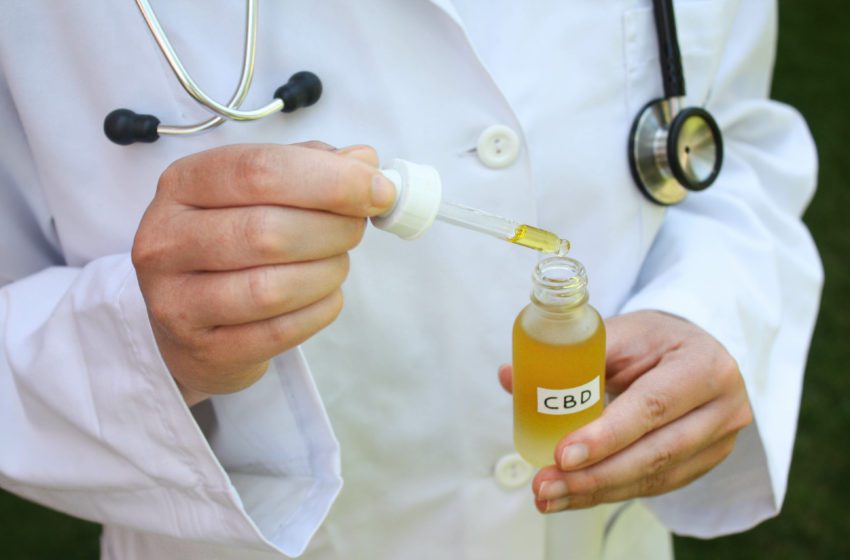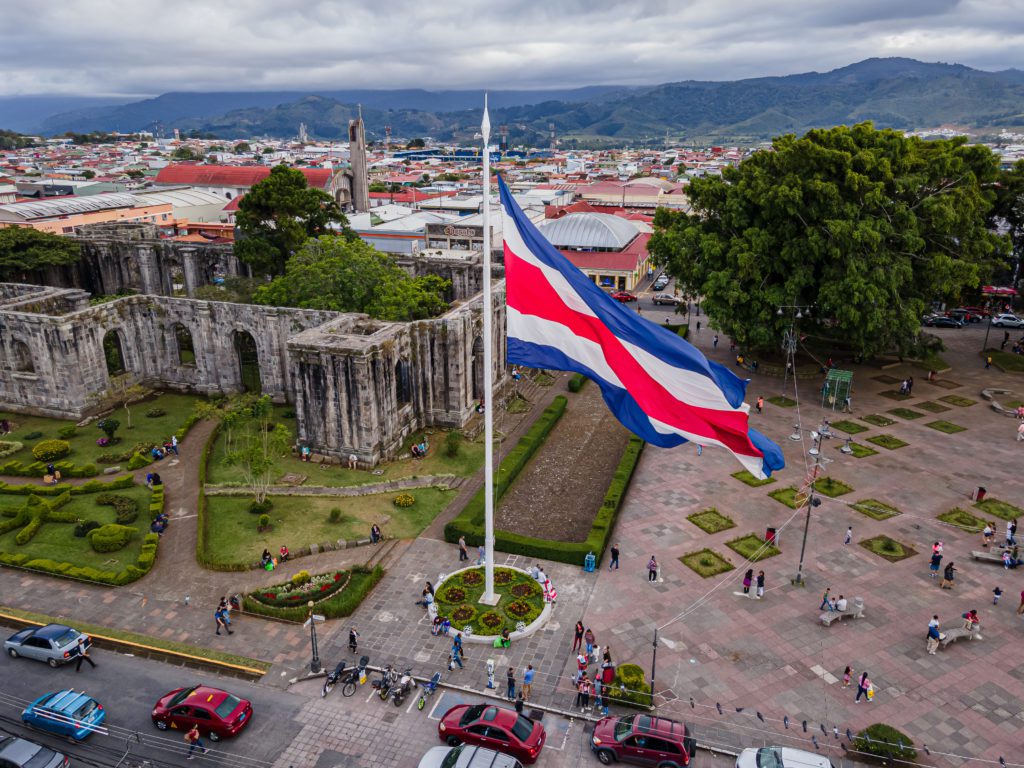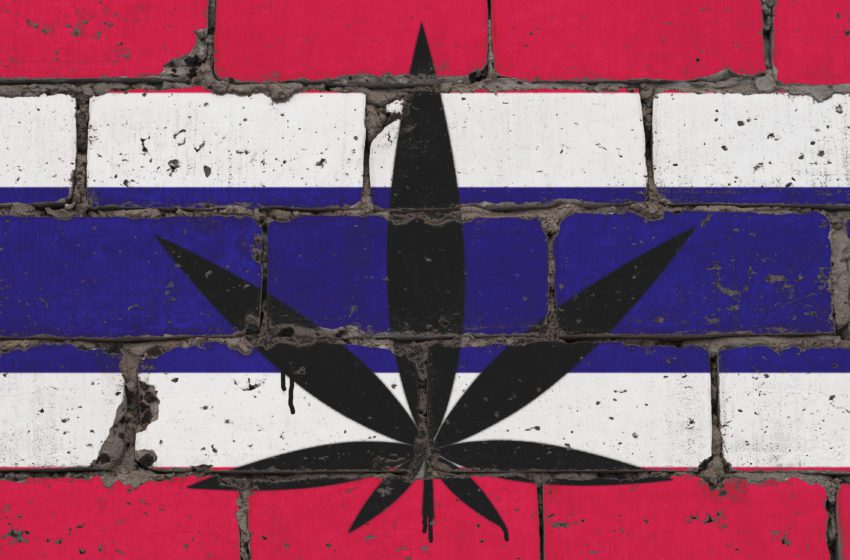
The Senate Committee on Veterans’ Affairs advanced the VA Medicinal Cannabis Research Act on Thursday, marking the first-ever standalone cannabis bill to be passed out of a Senate committee.
If passed, it would be only the second standalone marijuana legislation to be passed federally.
The bipartisan bill, which advanced in a markup session that occurred off the floor, would direct the Secretary of Veterans Affairs to conduct both a study and clinical trials on the “effects of cannabis on certain health outcomes of veterans with chronic pain and post-traumatic stress disorder,” as well as for other conditions.
The Senate legislation is sponsored by Montana Sen. Jon Tester, also the chair of the committee, and co-sponsored by Alaska Sen. Dan Sullivan; House Reps. Lou Correa and Jack Bergman have introduced the House version, Cannabis Wire reports.
“I’m particularly proud we cleared a number of my bills allowing VA to increase the number of providers in rural areas, authorize important VA projects, and conduct research into medicinal cannabis as an alternative treatment to treating the wounds of war,” Tester said in a statement after the advancement of three veterans bills on Thursday.
The VA has been an ongoing example of where state and federal cannabis laws clash. While medical cannabis is now legal in a majority of states, cannabis remains a Schedule I substance under federal law. VA doctors, beholden to federal law, have been unable to recommend these products to patients.
“Medicinal cannabis is already in use by thousands of veterans across the country, but we don’t yet have the data we need to understand the potential benefits and side effects associated with this alternative therapy,” Sullivan said in a statement when introducing the bill.
Last year, for the first time, a standalone piece of marijuana reform legislation was signed into law by a U.S. president. The “Medical Marijuana and Cannabidiol Research Expansion Act” is just one signature away from historic enactment.





















